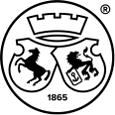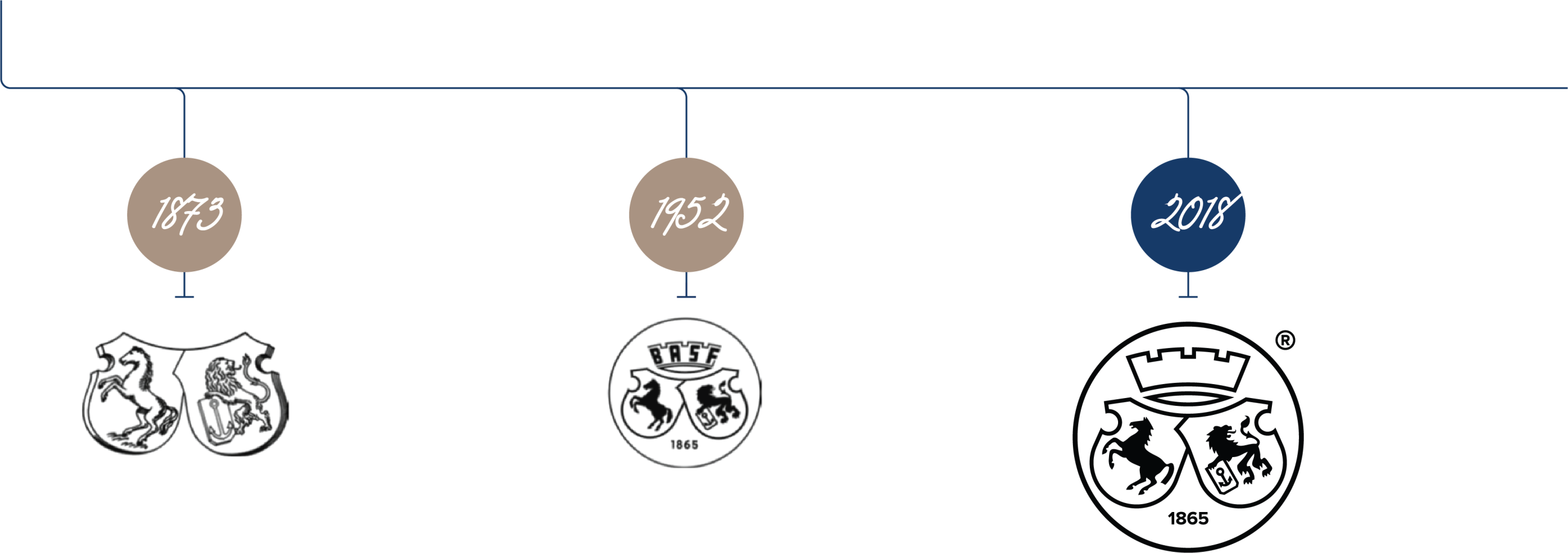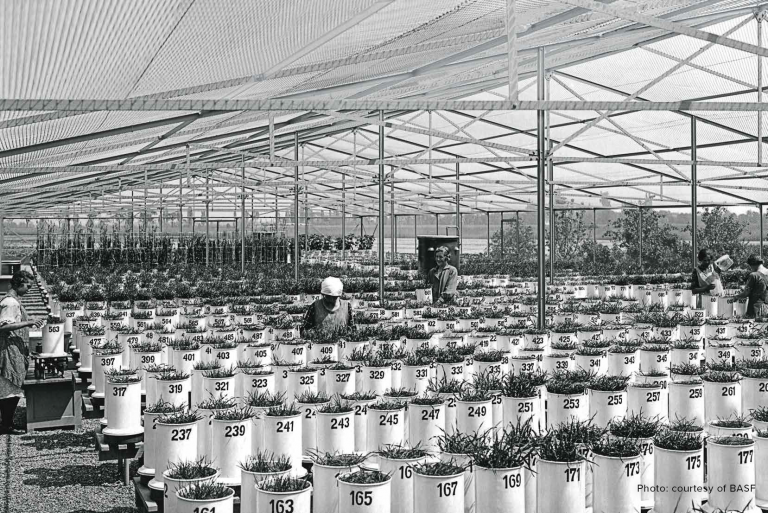
 The Legacy Behind the Horse and Lion Emblem
The Legacy Behind the Horse and Lion Emblem The Horse and Lion emblem is a proud symbol of European fertiliser heritage and innovation. Its origins date back to the late 19th century, a formative period that saw groundbreaking advances in chemistry and plant nutrition—paving the way for the industrial-scale production of essential crop nutrients.


In 1926, Europe introduced the world’s first complex fertiliser to combine nitrogen (N), phosphate (P), and potassium (K) into a single, chemically integrated granule. This innovation, later known as Nitrophoska®, earned global recognition for its agronomic performance—especially in the acidic soils of Asia. Among its various formulations, the sulfate of potash (SOP)-based variant proved particularly effective for chloride-sensitive crops.


As demand for reliable, high-quality fertilisers grew, the Horse and Lion emblem was introduced in the 1950s as a recognised seal of excellence. Its origins can be traced back to 1873, when the Stuttgart-based company Knosp and Siegle merged with a Bavarian chemical producer later known as Badische Anilin & Soda-Fabrik , located in Ludwigshafen. The Horse, representing Stuttgart, and the Lion, symbolising Bavaria, were combined into a single emblem—reflecting the heritage of two influential regions in the industrial history. More than a trademark, it came to embody a commitment to precision, agronomic performance, and consistent quality.

Today, under the stewardship of EuroChem, the Horse and Lion continues to honour this legacy and commitment. Since acquiring the Antwerp mineral fertiliser facilities in 2012, EuroChem has revitalised the brand with a renewed focus on innovation and long-term agronomic value. The emblem now stands as a trusted icon of European fertiliser expertise—connecting nearly 150 years of scientific progress with the needs of modern agriculture.